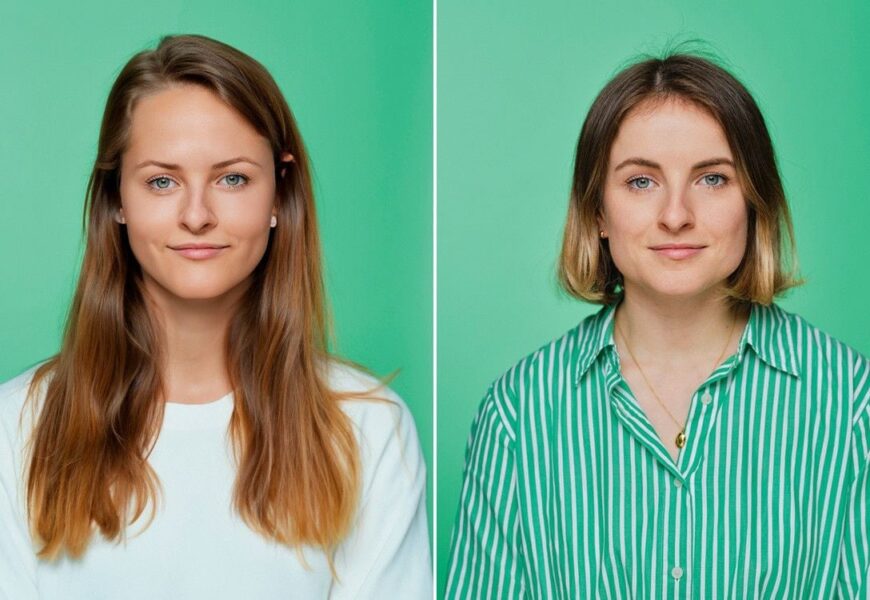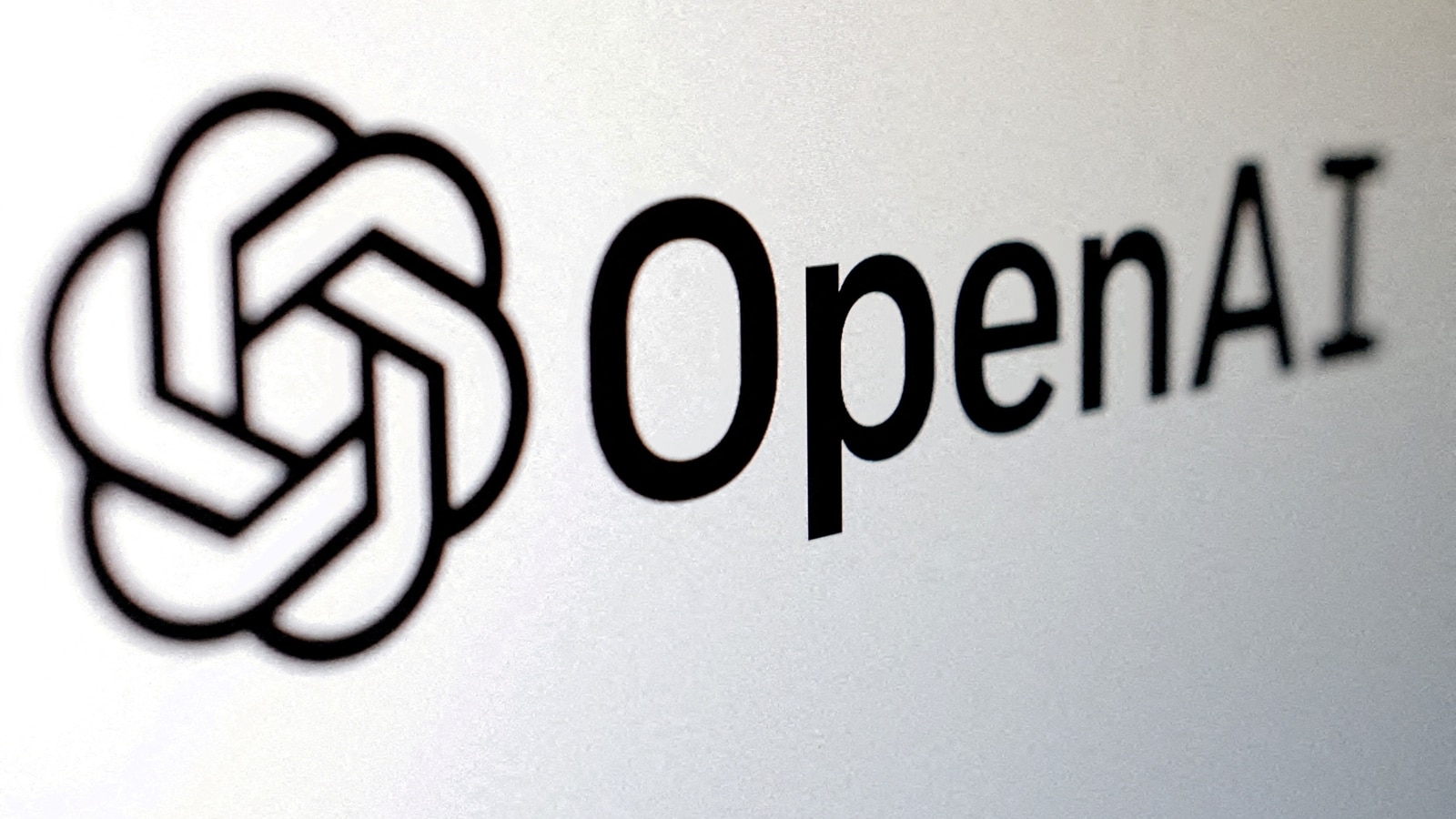The two images may not be identical, but there are intriguing similarities in the regions around the eyes, nose, and mouth. On the right side is a photograph of the author captured towards the end of a workshop in Brixton, north London, seated in front of a natural history backdrop, sporting a slightly wrinkled shirt. On the left side is another representation that, despite the initial impression, does not depict the author accurately.
This depiction is a peculiar imitation featuring a vibrant T-shirt. The subject boasts flawlessly smooth skin, devoid of any imperfections, with long, lustrous hair. This artwork was produced using artificial intelligence (AI), leveraging only three facial data points and a concise eight-word description: ‘Woman in her 20s of white European descent.’
Photographer Amit Lennon, based in London, embarked on a similar venture for his recent project, Artificial Intelligence Portrayal, blending real and artificially generated images. The objective was to create a sense of ambiguity, blurring the lines between reality and artificiality. The intention was to prompt viewers to ponder the composition of the images rather than focusing solely on the technical process behind them.
In this artistic endeavor, subjects were photographed against painted backdrops and asked to provide a brief self-description encompassing age, ethnicity, and profession. Using fragments from these photographs, such as interocular distances and facial proportions, Lennon employed a widely accessible AI tool, Adobe Firefly, to craft digital portraits. The resulting images were then juxtaposed with the authentic photographs. Notably, the AI tool, Firefly, is adept at translating textual prompts into visual representations, simplifying the generation process with just a single sentence input.
Lennon emphasizes that this project is an artistic exploration rather than a scientific endeavor, underscoring the selective process involved in choosing the most compelling or eerily realistic portraits. Some outcomes revealed AI’s inclination towards social stereotypes, manifesting in biased interpretations and idealized portrayals. The AI-generated images often exhibited a tendency to conform to conventional standards of beauty, showcasing a gendered bias in the process.
The project sheds light on the inherent biases and assumptions embedded in AI technology, prompting contemplation on the implications of AI-generated imagery. Subjects expressed a mix of fascination and unease upon viewing their AI-generated portraits, with some likening the experience to confronting an altered version of themselves merged with diverse characteristics.
As manipulated images proliferate, concerns regarding the authenticity and trustworthiness of visual content have come to the forefront. The evolution of AI capabilities, coupled with user-friendly tools, has democratized the creation of AI-generated content, leading to a surge in digitally altered imagery across various platforms.
The emergence of AI-driven virtual influencers, such as @lilmiquela on Instagram, underscores the growing prevalence of AI-generated content in social media spheres. The allure of AI lies in its accessibility and cost-effectiveness, raising pertinent questions about copyright issues and the ethical use of AI technology in creative fields.
Despite the convenience and efficiency offered by AI tools in image creation, debates persist regarding the role of AI in the creative process and its impact on individuality and uniqueness. The project initiated by Lennon serves as a catalyst for discussions surrounding the treatment of uniqueness and individuality in AI-generated art, challenging perceptions of creativity and authorship in the digital age.
Ultimately, the decision on whether AI can supplant traditional photography remains subjective, with Lennon emphasizing the distinctiveness of human creativity and the irreplaceable role of a photographer’s vision in capturing the essence of a subject.










